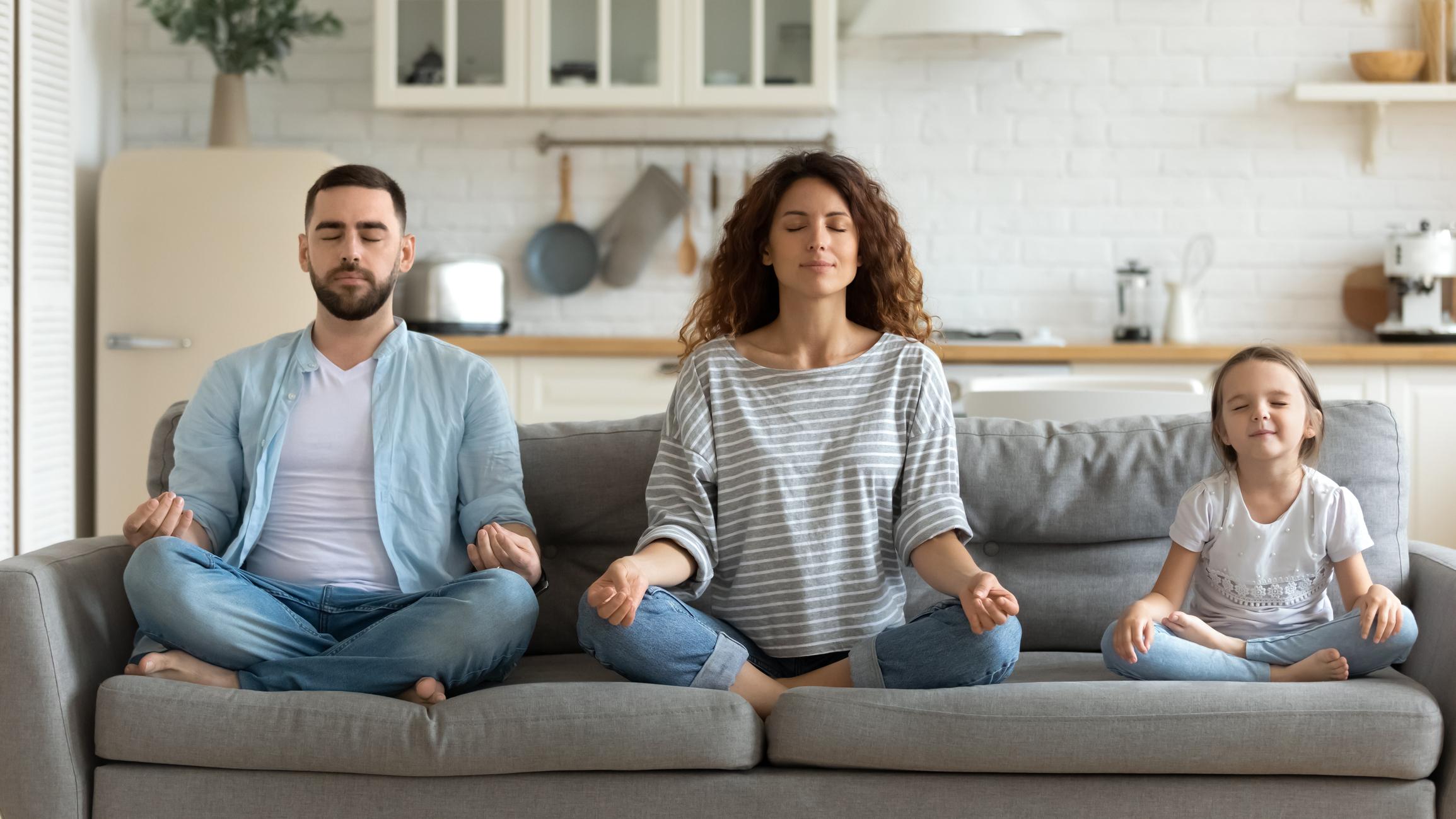In today’s fast-paced world, where distractions abound and multitasking is the norm, finding moments of genuine presence can be a rare and valuable gift. This is where the art of mindfulness comes into play. Mindfulness, often rooted in ancient meditation practices, offers a simple yet profound concept: being fully present in the moment without judgment. In this blog, we’ll delve into the power of mindfulness and how it can transform your daily life, enhancing your mental, emotional, and physical well-being.
Section 1: Understanding Mindfulness
Mindfulness, at its core, is a practice that encourages us to direct our attention to the present moment. Originating from ancient Buddhist traditions, mindfulness has evolved to become a secular practice embraced by people from all walks of life. At its heart, it’s about cultivating awareness, acceptance, and non-judgment. By acknowledging our thoughts, emotions, and sensations without trying to change or control them, we develop a deeper understanding of ourselves and the world around us.
Section 2: Benefits of Practicing Mindfulness
The benefits of mindfulness are vast and well-documented. Scientific research shows that regular mindfulness practice can reduce stress and anxiety, enhance focus and cognitive abilities, and even improve immune system function. By training our minds to stay present, we develop the capacity to respond to situations thoughtfully rather than reactively. This leads to better emotional regulation and an overall improved sense of well-being.
Section 3: Techniques for Cultivating Mindfulness
Incorporating mindfulness into your life doesn’t have to be daunting. Simple practices can make a significant impact. One such technique is mindful breathing, where you focus on your breath to anchor yourself in the present moment. Body scans involve paying attention to different parts of your body, cultivating a sense of bodily awareness. Sensory awareness practices, such as mindfully savoring your meals, can transform ordinary experiences into extraordinary ones.
Section 4: Applying Mindfulness in Everyday Life
Mindfulness isn’t just confined to meditation sessions. It can be seamlessly integrated into various aspects of your day. At work, practicing mindfulness can enhance your productivity and creativity. During meals, savoring each bite mindfully can lead to healthier eating habits and a greater appreciation for food. Mindful movement, like walking or exercising with awareness, can turn routine activities into opportunities for presence. Even in relationships, mindfulness fosters active listening and empathetic communication.
Section 5: Overcoming Challenges and Misconceptions
As with any practice, mindfulness comes with its challenges. A wandering mind and impatience are common hurdles, but they’re part of the journey. Remember, mindfulness is a skill that develops over time. Additionally, dispel misconceptions about mindfulness, such as it being a religious practice or requiring hours of meditation. Mindfulness is adaptable and can be tailored to suit your preferences and schedule.
Section 6: Mindfulness and Well-being
The relationship between mindfulness and well-being is profound. When we cultivate mindfulness, we create space to observe our thoughts and emotions without getting entangled in them. This leads to greater self-awareness and the ability to choose our responses wisely. Mindfulness can also complement other wellness practices like yoga and meditation, enhancing their effects and deepening your connection to yourself.
Section 7: Mindfulness in a Digital Age
In today’s digital age, constant connectivity poses challenges to mindfulness. Technology, while convenient, can also contribute to distraction and overwhelm. Mindful technology use involves setting boundaries, practicing digital detox, and using apps designed to promote mindfulness. By balancing your online and offline presence, you can reclaim moments of stillness and presence in your life.
Section 8: Resources to Deepen Mindfulness Practice
For those eager to delve deeper into mindfulness, a plethora of resources are available. Books like “The Miracle of Mindfulness” by Thich Nhat Hanh and apps like “Headspace” offer guidance and structured practices. Online courses and workshops provide in-depth learning experiences, and local mindfulness groups offer community support. Regardless of your level of experience, there’s a resource that can enrich your mindfulness journey.
Conclusion
The power of presence through mindfulness is a gift you can give yourself every day. By embracing the art of mindfulness, you open doors to reduced stress, heightened awareness, and enriched experiences. Remember, mindfulness is not about achieving perfection; it’s about showing up for yourself and your life, one breath at a time. As you embark on your mindfulness journey, may you discover the profound transformation that comes from truly living in the present moment.

